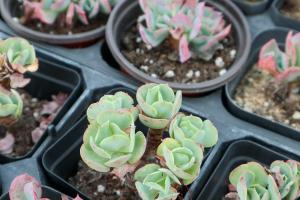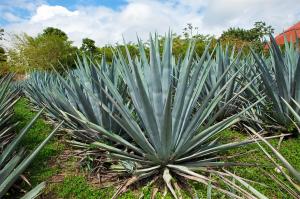How to Hang Potted Plants Inside
Plants are a great way to add life to your home, and hanging potted plants inside can be a great way to make use of your vertical space. Here are some tips on how to hang potted plants inside:
Choose the Right Plants
Before you start hanging plants inside, make sure that you choose the right plants for the space. Some plants require more sunlight than others, so consider the lighting in the room where you want to hang your plants. If the room doesn’t get a lot of natural light, you may want to choose plants that can thrive in lower light conditions. Additionally, consider the size of the plants and the pots you choose. Make sure that they’re not too heavy for the hooks or hardware that you plan to use to hang them.
Choose the Right Hardware
Once you’ve chosen the right plants, it’s time to choose the right hardware. There are a variety of hooks and hangers available that are designed specifically for hanging plants. Some of these hooks can attach to the ceiling, while others can attach to walls or even window frames. Make sure that the hardware you choose is strong enough to support the weight of your plants and pots, and that it’s installed securely to prevent accidents.
Potting Your Plants
When you’re ready to pot your plants, make sure that you choose pots that are the right size for your plants. You want to avoid pots that are too small or too large, as this can impede the growth of your plants or cause them to become root-bound. Additionally, consider the type of soil you use, as some soil types may retain more water than others, which can affect the health of your plants. Finally, make sure that you add a layer of drainage material, such as rocks or stones, to the bottom of your pots to prevent water from pooling in the soil.
Hanging Your Plants
When it’s time to hang your plants, make sure that you’ve chosen a location that’s suitable for the plants’ needs. This means considering factors such as the amount of sunlight and humidity in the room. Additionally, make sure that you hang your plants at the right height. You don’t want them to be too high or too low, as this can affect their growth and appearance. Finally, make sure that you water your plants regularly, as hanging plants may require more frequent watering than plants that are potted on the ground.
Maintaining Your Plants
Once your plants are hanging, you’ll need to maintain them to ensure that they stay healthy and beautiful. This means checking them regularly for signs of disease or pest infestations, and treating them promptly if necessary. Additionally, make sure that you clean your plants and their pots regularly to remove any dust or debris that may accumulate over time. Finally, consider rotating your plants occasionally to ensure that they receive sunlight and water evenly, and to prevent any one side from becoming too heavy.
By following these tips, you can enjoy the beauty of indoor plants without sacrificing valuable floor space. Happy planting!

 how many times do yo...
how many times do yo... how many planted tre...
how many planted tre... how many pine trees ...
how many pine trees ... how many pecan trees...
how many pecan trees... how many plants comp...
how many plants comp... how many plants can ...
how many plants can ... how many plants and ...
how many plants and ... how many pepper plan...
how many pepper plan...
































